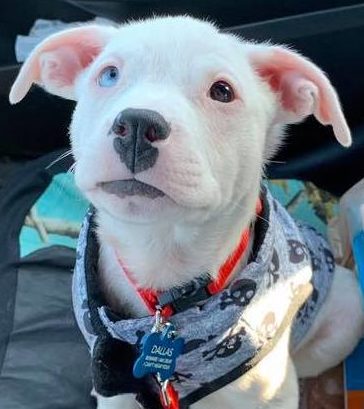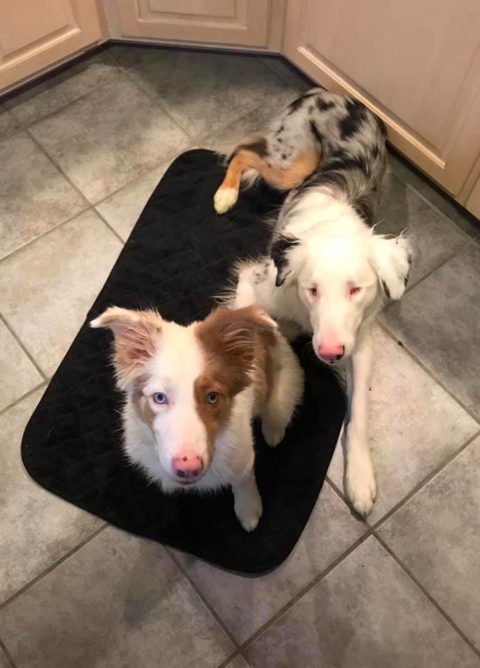How to Solve any Behavioral Problem with your Dog

Photo credit: Michaela Jensen
We often see people seeking help for behavioral issues in online forums. Just as frequently folks may jump in looking to help with advice on how to approach the situation, stop the behavior, or otherwise address the issue.
However, there is an important step that needs to happen first. This first step is to understand why the unwanted behavior is occurring. Until we comprehend the reason for the behavior we cannot begin to sort out an action plan to change it.
Before a behavior modification plan or other random ideas can or should be put into play the first step is to figure out the options for the cause of the undesired behavior.
RULE OUT MEDICAL
A trip to the vets can help to determine if there is any possible medical reason for the behavior that your dog is exhibiting. Pain, discomfort, change in vision or hearing, or other medical conditions can cause an animal to behave differently. Sometimes these behaviors seem to be reactive, aggressive, or dangerous. As such, it’s key to be certain that the animal isn’t suffering from something physically wrong which could be causing the unwanted behavior.
TRAINING ISSUE

Photo credit: Brianne Statz
Once you have checked with your veterinarian the next step is to see if there is a possible training issue. Does your dog really understand where to use the bathroom? Is he old enough to be able to have bladder control for the duration of time that he’s left alone? What has been your reaction when he used the bathroom outside? An important consideration is to make sure that your dog has adequately been taught what the behavior is, where you want it to occur, and how to generalize the behavior to whenever you need it to happen. Reinforcement based training avoids dangerous side effects and can help you to effectivley seek your training goals.
ATTENTION SEEKING
Another reason that behavior occurs might be to seek attention. Dr. Susan Friedman notes, “what’s the function” of the behavior? For example, while pawing you seemingly relentlessly may be annoying, if it elicits your attention it might be “working” for your dog. If your dog is seeking interaction with you and his behavior garners that interaction you might have just reinforced the pawing behavior. If the pawing is repeated you will know for sure. Behaviors that are reinforced are repeated.
FAS
Finally, you want to be sure that your animal’s behavior isn’t due to anxiety. If an animal is fearful, anxious, or stressed (known as “FAS” by FearFree) he might display behavior which is out of the ordinary or undesirable. Working with a professional positive reinforcement trainer to help you to recognize FAS via body language interpretation is key. Once you identify behavior as occuring due to fear, anxiety, or stress you can creat a plan to help your dog to feel more self assured and relaxed. Using techniques such as desensitization and counter conditioning–which work at the dog’s pace and pair scary triggers with things your dog enjoys–can help change his conditioned emotional response (CER) from “reactive” to “relaxed.”
PLAN
After you figure out the reason for the behavior you can then make an appropriate plan. You can help teach the animal incompatible or alternative behaviors. You can work to make the “right”or desirable behavior the easy one for the animal using careful management and arrangement of antecedents. You can also help communicate via a clear method of interaction (marker) which behaviors will earn access to things the animal values (reinforcer).
These steps will help you understand, address, and resolve a behavioral issue. Keep them in mind the next time you are faced with a behavior you find concerning and you’ll be able to help your animal (and your household, sanctuary, rescue, or workplace) to feel more comfortable and confident displaying behaviors that work for everyone!
